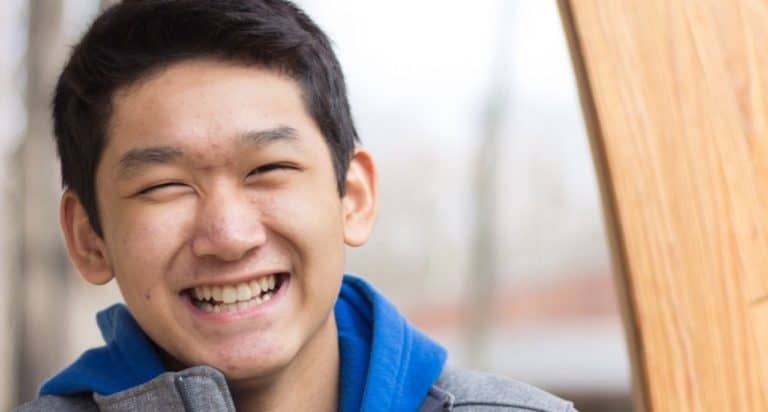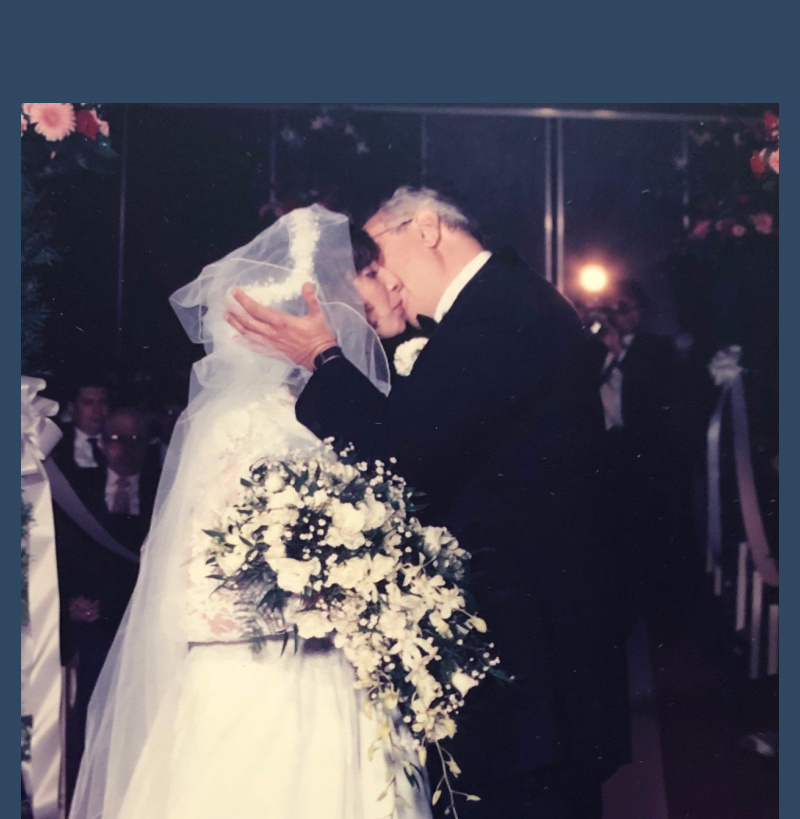I don’t know who will walk through the door when my teenager gets home tonight.
I mean, I know it will be my teenager, back from another day of some combination of school, work, extracurriculars, and time with friends.

I never know what version of my daughter will walk in the door
But I don’t know which version of her will step through the door into our kitchen.
It could be tired-but-happy her.
It could be tired-and-grumpy her.
It could be chatty and excited her.
It could be “I have good news to tell you!” her.
It could be “I had a rotten day” her.
It could be mad her.
It could be stressed her.
It could be anxious her
It could be talkative her.
It could be silent her.
It could be annoyed-but-not-at-me her. It could be annoyed-at-me her.
It could be brush-past-me-on-her-way-to-the-shower her.
It could be “I need a hug” her.
It could be some version of her I haven’t met yet.
Parenting a teen is an emotional roller coaster
This mood roller coaster makes me a little queasy. This emotional guessing game leaves me feeling off my game. It gets exhausting: not only not knowing who I’m going to be seeing when the headlights turn into the driveway or when I hear footsteps coming down the stairs in the morning, but also not knowing how I’m going to need to react (or not react, as the case may be) to whichever variation of my child shows up in my kitchen or at my bedroom door.
But for all this uncertainty, I’m mostly glad my teenager shows me all versions of herself.
Really. (Mostly.)
For one thing, I want my big kid to know she can trust me with her emotions and her moods. I want her to be able to count on me to handle them. I want her to feel she can depend on me to help her process them.
I’m glad if she has friends and other trusted adults in her life she can show her full range of self, but I don’t want her to need those people to fill in a gap I have left.
For another thing, I don’t want just pieces of my child; I want the whole of her. I don’t want an edited version; I want the uncut full package. There are so many emotional facets of my big kid I love: her passion, her compassion, her dedication, her fire. I can’t expect to see these if I’m not willing to see everything else, too.
And of course, there are two sides to many of these mood coins: the anger I sometimes see directed at me is also often directed at societal injustice. The uncommunicativeness that greets me some days also manifests itself as deep thinking. The tears that flow freely for herself also flow freely for others.
Teens are dealing with a lot as they continue to develop
I also have to remind myself that stress and hormones and a still-under-construction brain and hormones and the ups-and-downs of adolescent relationships and operating on a sleep schedule that runs counter to a normal teenage body clock and hormones are not doing my teen’s emotions any regulating favors. Throw uncertainly about the future into the mix and it’s a challenging combination.
In all this acknowledgment and perspective, I am not talking about being dumped on or being used as a punching bag or doormat. I’m not talking about ignoring disrespect or letting my child run roughshod over me. I’m not talking about normalizing being treated with contempt or disdain.
But I am talking about my teenager knowing that, with me and with the rest of our immediate family, she can be someone she isn’t with anyone else: the unguarded, unmetered full view of herself instead of the much more careful side she presents at school or work.
It’s not that who she is in those places is fake; it’s just not quite the full story. This is okay and normal because one of the privileges of family is getting to read all of each other…our unabridged versions. But that means we don’t get to skip over the pages we don’t like, the way I do when I reread a book.
I want my teen to be comfortable being exactly who she is
We’re big into “being who you are” in our house. Again, this doesn’t give us carte blanche to treat each other in ways we’d never treat anyone else. It doesn’t mean we get to save all of the worst of ourselves for the inner sanctum of home. It just means that one of our home goals is for it to be a safe zone where we can unload, vent, hide, share, laugh, sulk, rejoice, process, heal, or regroup.
But if this is going to be true for any of us, it has to be true for all of us, including for my mercurial teen. It has to apply to all the renditions of her — whichever one walks through the door at the end of the day, trusting that the people on the other side are on her side.









